A collaborative design research project in the Bluefield Housing model, with a specific focus on cohousing for ageing-in-place.
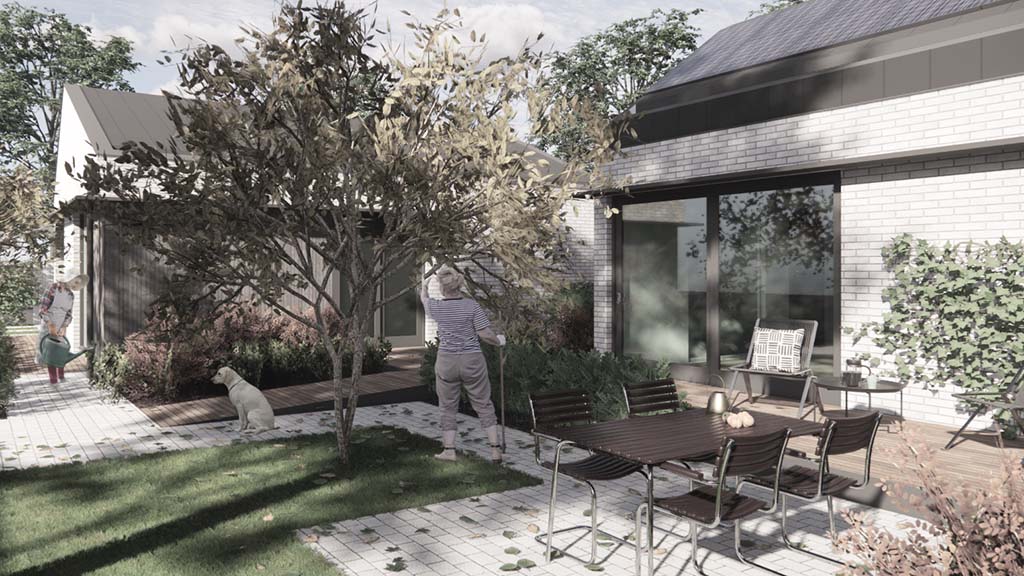
Cohousing for Ageing Well (CHAW) was a partnered design research project undertaken with Office for Ageing Well (SA Health Department), the South Australian State Planning Commission, the SA Department for Infrastructure, and four inner-Adelaide Councils: the City of Unley, City of Burnside, Town of Walkerville and the City of Prospect.
The project expands the Bluefield Housing model first developed in the Alternative Infill thesis and subsequently tested in the Established Manors Missing Middle competition, whereby existing homes are retained, altered and extended to provide new small-scale housing located around high quality shared gardens.
Where these precedent projects explored the Bluefield model across two adjacent and amalgamated sites, CHAW explores the infill possibilities across single allotments. Ignoring minimum allotment size in favour of appropriate design fit and scale – a guiding principle of the Bluefield model – the project tests design possibilities and housing intensification levels across four sites ranging from 325m2 to 920m2 (3,500 sq ft to 9,900 sq ft).
Each of the dwellings are self-contained and designed to the Livable Housing Australia guidelines for mobility and liveability.
In 2021, CHAW was one of 15 winners in the 5th Guangzhou International Award for Urban Innovation. It was the only Australian project shortlisted from a field of 273 entries across 60 countries. Locally, the project received the Community Partnerships and Collaboration Award in the 20th Annual Local Government Professionals Australia SA Leadership Excellence Awards.
The Bluefield Housing book discusses the CHAW project further, and the design report can be downloaded below.
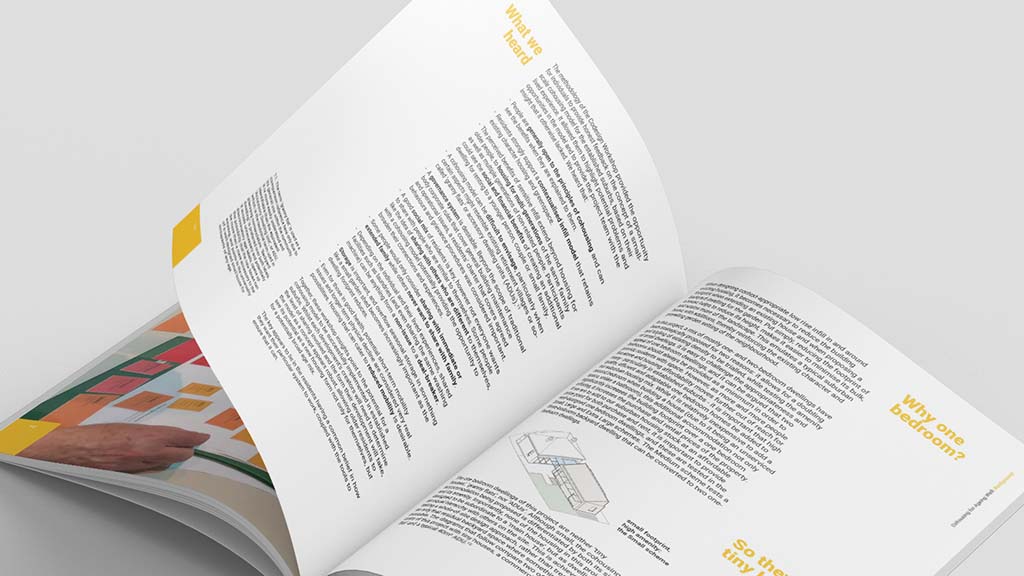
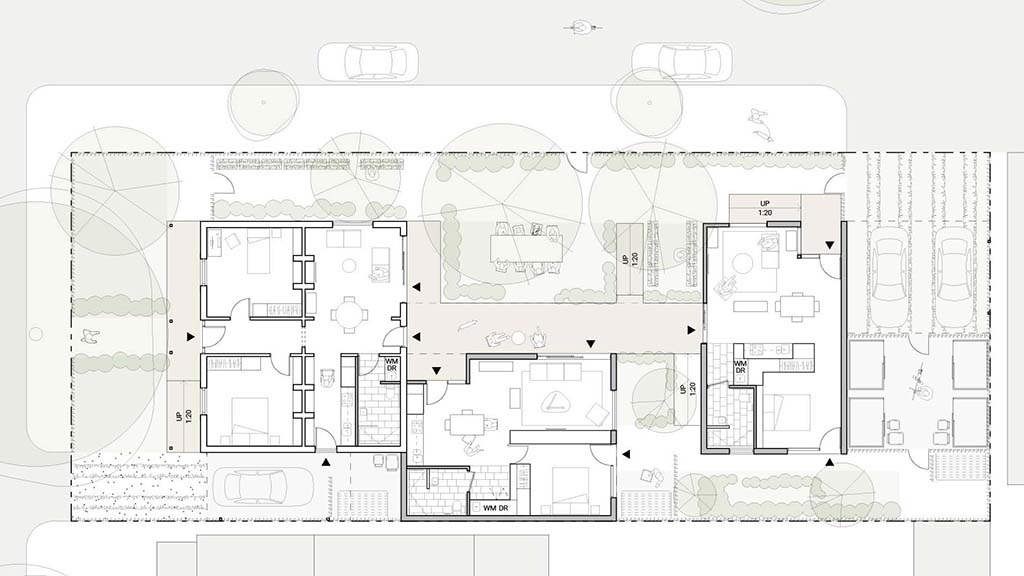
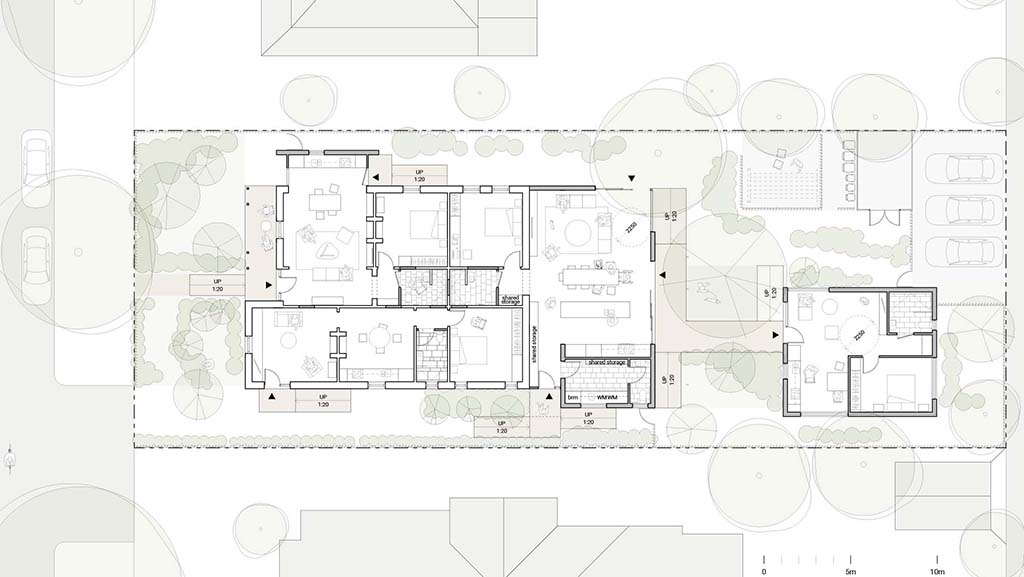
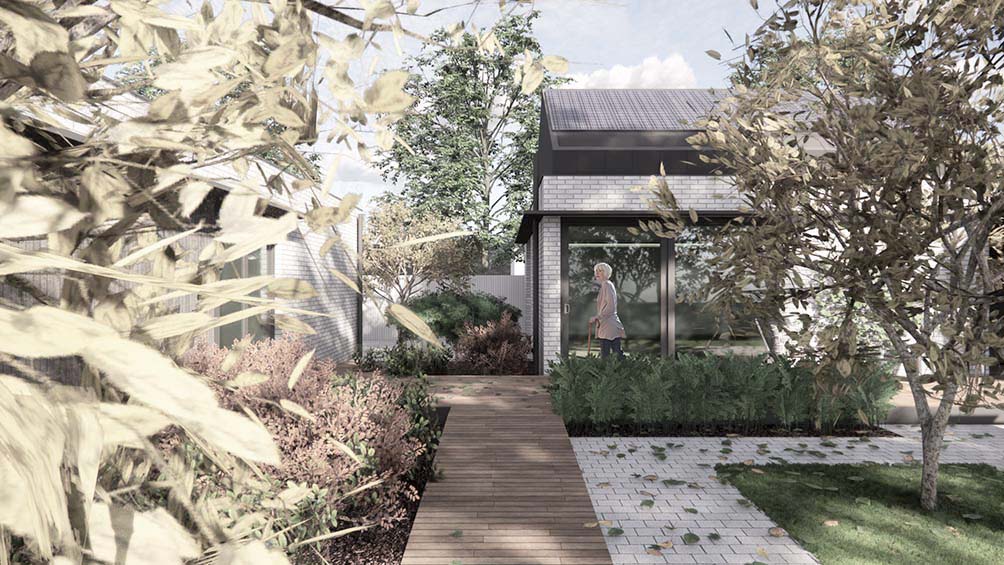
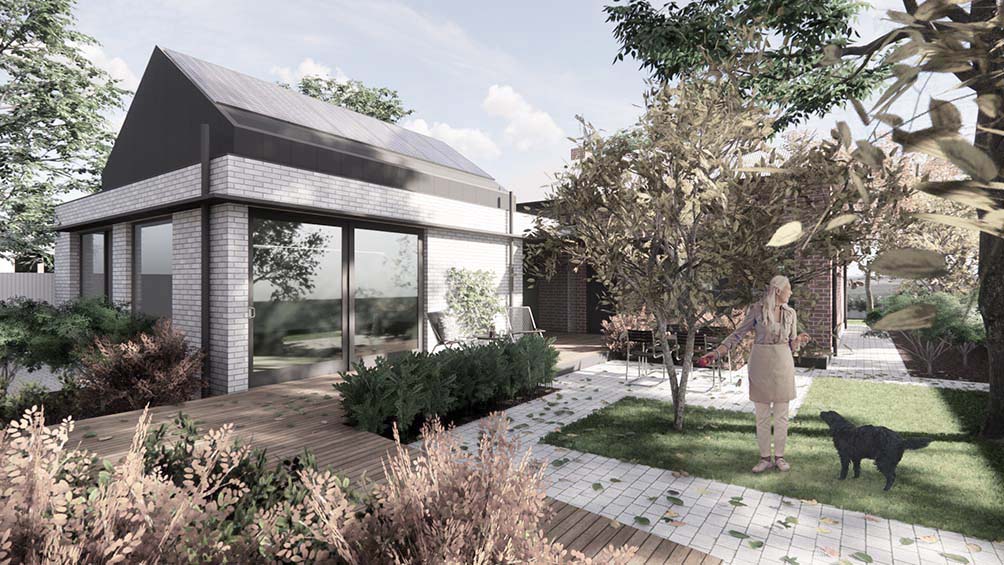
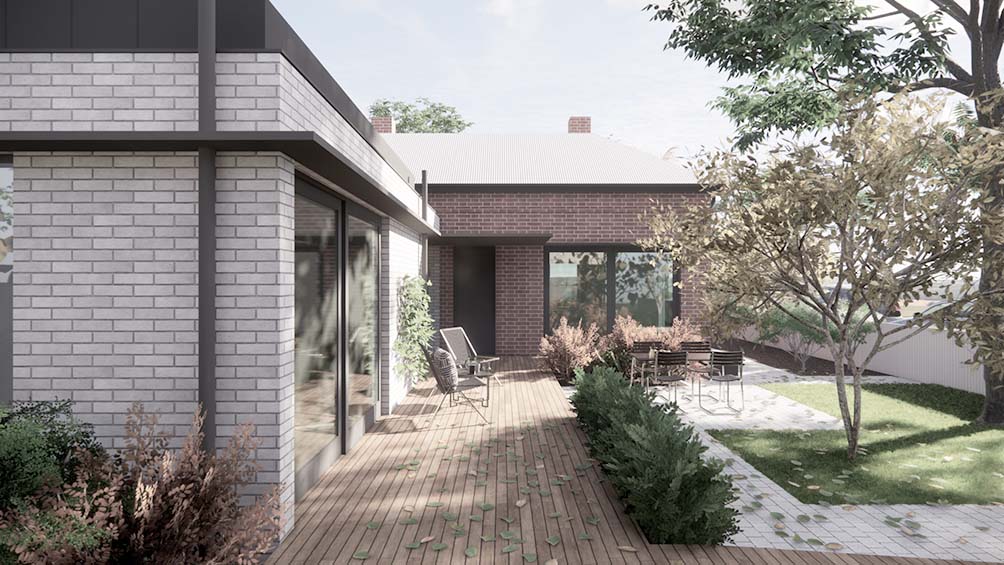
Recommended citation:
Madigan, Damian. “Cohousing for Ageing Well Design Research Report.” Adelaide: University of South Australia, 2020.